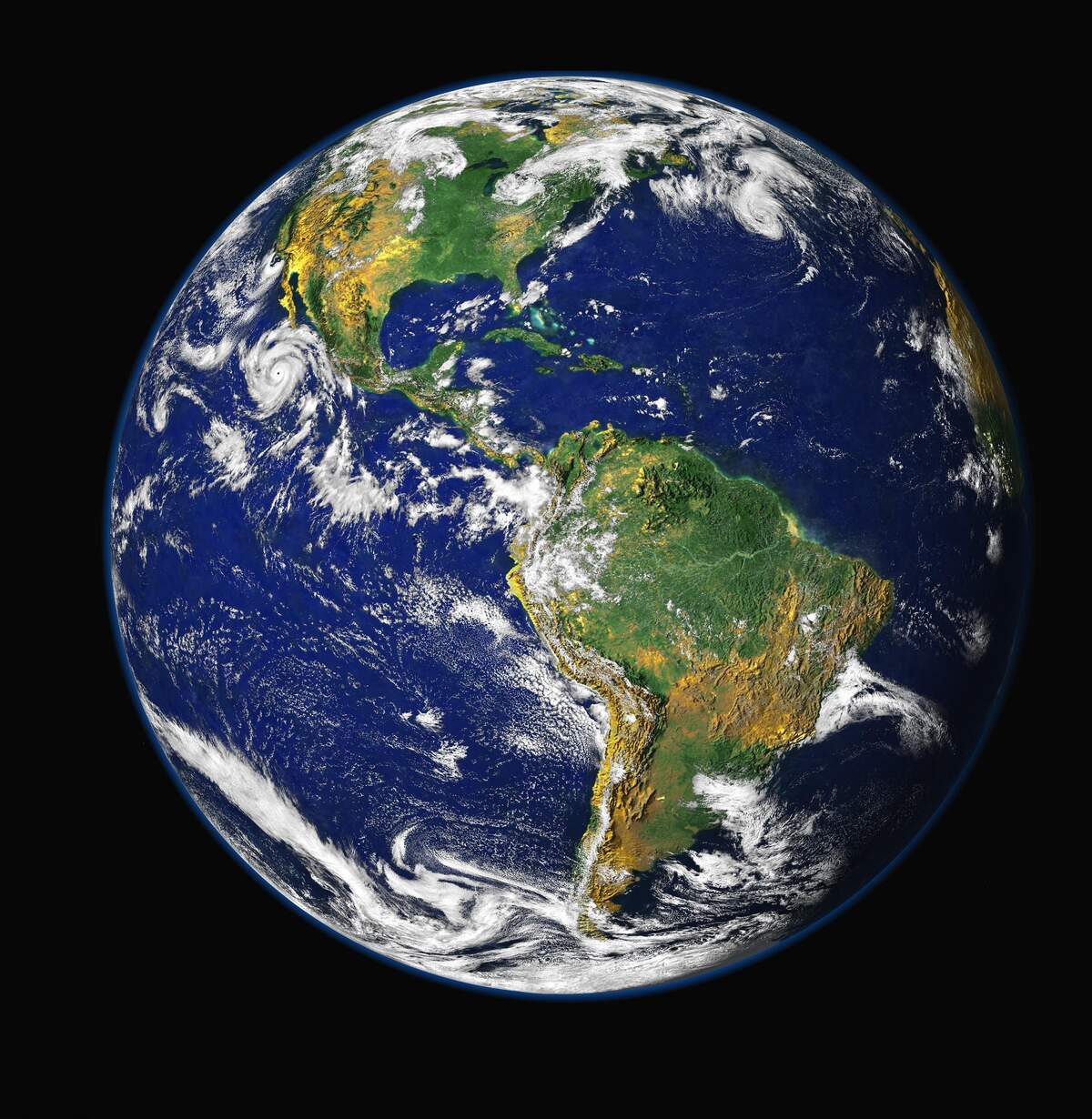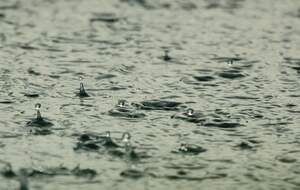

Earth Day
Observed
annually on April 22nd (since 1970)
Dates
Founded by
Gaylord Nelson in September 1969
Tags
Awareness & Advocacy
Environment & Conservation
Federal & Official
Hashtags
Sources
The first Earth Day was held on April 22, 1970. Prior to this, there was virtually no environmental movement. Factories pumped toxins into the air, recycling was almost non-existent, and gas guzzling vehicles were the norm. The seeds of the modern movement had been planted, however, with the publishing of Rachel Carson's Silent Spring in 1962. This book raised the public's awareness of pollution and its effect on health. In 1969, water pollution and chemical waste disposal came to the attention of the public, after the Cuyahoga River in Cleveland caught fire.
Democratic Senator Gaylord Nelson of Wisconsin was deeply concerned about environmental issues. After witnessing the Santa Barbara oil spill in 1969, he began planning for the first Earth Day. This was during the time of Vietnam War protests and teach-ins, and Nelson thought he could bring the problems of pollution into the public consciousness by organizing similar types of teach-ins. He hoped that by shining a spotlight on environmental issues in this way, there may be a chance of bringing them into the realm of national priorities, where they had yet to be seen. He announced Earth Day at a conference in Seattle in September of 1969.
Nelson told the media there would be a teach-in about the environment, and began organizing. Pete McCloskey, Republican Congressman from California, became co-chair of the first Earth Day. Denis Hayes, the young student president of Stanford University, became the national coordinator. He had a staff of 85 people and organized with student volunteers and members of Senator Nelson's office. April 22 was chosen because it was between spring break and final exams, so more university students could be involved.
Twenty million people participated during the first year. Rallies for the environment were held in most major American cities, such as Chicago, Los Angeles, Philadelphia, Washington D.C., and New York City. Various environmental groups joined forces in a way they hadn't before, awareness was raised, and public attitudes were changed.
Nelson's goal of a shift in national priorities soon came to fruition. The Environmental Protection Agency was created by the end of the year. Earth Day also helped bring about the Clean Air Act, the Clean Water Act and the Endangered Species Act. All of these pieces of legislation were passed within three years of the first Earth Day.
The twentieth anniversary in 1990 became a global campaign. Dennis Hayes once again organized the event, and 200 million people in 141 countries were involved. The days' focus was on raising awareness for and increasing recycling around the world. Hayes also organized the event in 2000, with global warming and clean energy being the focus. 5,000 environmental groups and 184 countries were involved in the day.
In 2010, a climate rally with 250,000 attendees was held at the National Mall, and an environmental service project called A Billion Acts of Green was started. A tree planting project—which eventually became The Canopy Project—was also started. Almost every country in the world was involved in the day. Today, more than a billion people are involved each year, making it the largest secular observance in the world. It brings people together in civic participation and political action, and the day is highlighted with marches, petitions, and rallies, and the cleaning of neighborhoods, roads, rivers, parks, and beaches.
How to Observe Earth Day
There are multiple ways the day could be celebrated. There are things that could be done specifically on the day, as well as changes that could be made, and things that could be done going forward. Here are some ideas:
- Clean up something in your city or neighborhood such as a park, beach, or river.
- Attend an Earth Day rally.
- Recycle—Recycle plastics or work to stop using them altogether. Use reusable bottles, utensils, and bags.
- Food—Eat local food, which has a smaller carbon footprint because it hasn't been shipped across the country. Grow your own food, eat less meat, and begin composting.
- Conserve water.
- Save paper—Use online billing, print on two sides of paper, and use cloth towels.
- Travel—Be more environmentally conscious by walking or riding a bike, carpooling, and using public transportation.
- Vehicle upkeep—Make sure your tires are inflated and make sure you have a clean air filter.
- Light bulbs—Replace incandescent light bulbs with LED and fluorescent bulbs. Turn off lights when you are not near them. Install solar panels. Turn your thermostat down in the winter and up in the summer.
- Volunteer with a local environmental group.
- Create an Act of Green.
- Plant a tree or donate through the Canopy Project.
- Visit the EPA's website to see events and ideas.
- Take the Earth Day Network's Earth Day quiz.
- Watch video clips about the first Earth Day.
- Watch a film that deals with the environment.
- Read a book that deals with environmental issues.





















